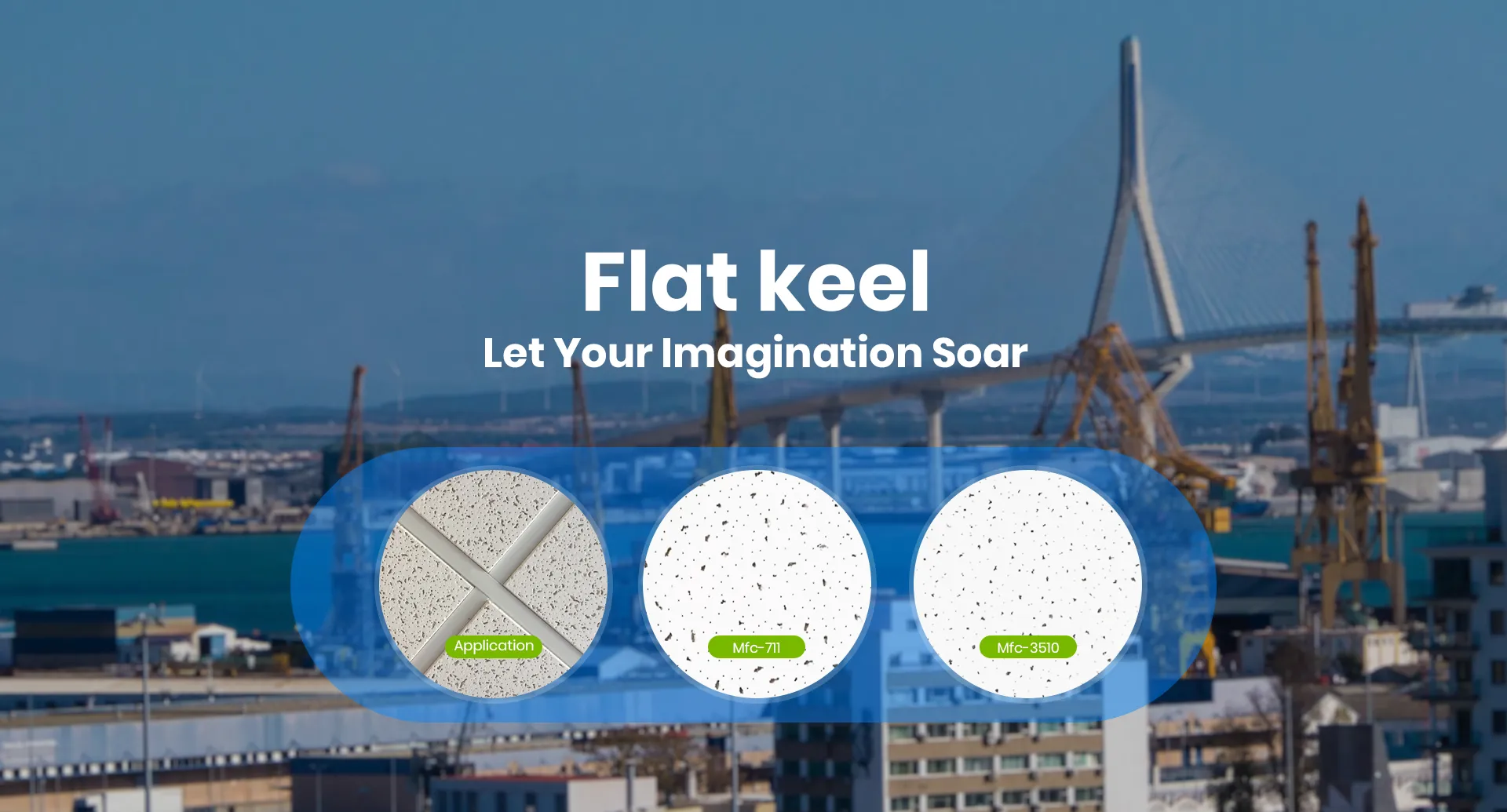Nov . 24, 2024 07:06 Back to list
grid ceiling tiles material
The Importance of Grid Ceiling Tiles Material Choices and Their Impact
Grid ceiling tiles, also known as suspended or dropped ceilings, are an essential component in modern architectural design. They serve not only a functional purpose but also enhance the aesthetic appeal of commercial and residential spaces. When it comes to selecting the right grid ceiling tiles, the choice of materials plays a critical role in determining their performance, durability, and overall look.
Types of Materials for Grid Ceiling Tiles
Grid ceiling tiles come in various materials, each offering unique advantages and disadvantages. The most common materials used are mineral fiber, fiberglass, metal, and PVC. Understanding these options allows architects and builders to make informed decisions based on the specific needs of the project.
1. Mineral Fiber Mineral fiber ceiling tiles are the most popular choice for commercial spaces. Typically composed of recycled materials, these tiles are lightweight, sound-absorbing, and moisture-resistant. Their excellent fire resistance qualities also contribute to safety in both residential and commercial buildings. However, they can be susceptible to sagging if exposed to high humidity over extended periods.
2. Fiberglass Fiberglass tiles are known for their outstanding acoustic properties and durability. These tiles are non-combustible and resistant to moisture, making them a suitable choice for environments like hospitals and laboratories where cleanliness and safety are paramount. Additionally, fiberglass tiles can be painted, allowing for customization to match interior décor. However, they can be more expensive than mineral fiber options.
3. Metal Metal ceiling tiles, often made from aluminum or steel, offer a contemporary and sleek look. They are durable, easy to clean, and resistant to moisture, making them suitable for areas prone to humidity, such as kitchens and bathrooms. While metal tiles provide a modern aesthetic, they may not offer the same level of sound absorption as mineral fiber or fiberglass tiles, which is a consideration in spaces where noise control is essential.
4. PVC Polyvinyl chloride (PVC) ceiling tiles are a versatile option that is gaining popularity. These tiles are lightweight, easy to install, and offer excellent water resistance, making them ideal for areas at risk of moisture damage. PVC tiles are available in a variety of colors and designs, allowing for unique styling options. However, they are not always as durable as metal or fiberglass, and environmental concerns regarding plastic have led some to seek more sustainable options.
grid ceiling tiles material

Factors to Consider in Material Selection
When choosing grid ceiling tile materials, several factors must be considered to ensure the best outcome for the project
1. Functionality Depending on the intended use of the space, specific material properties may be prioritized. For instance, areas requiring high sound absorption may benefit from mineral fiber or fiberglass tiles, while spaces needing moisture resistance will fare better with metal or PVC options.
2. Aesthetic The visual appearance of ceiling tiles can have a significant impact on a space's overall aesthetic. Architects must consider how the chosen material will complement the interior design. Metal tiles can dramatically change the feel of a room, leaning toward a more industrial look, while mineral fiber tiles can provide a quieter, more subdued atmosphere.
3. Maintenance Different materials have varying maintenance requirements. Metal tiles, for instance, can be easily wiped down to remove dust and grime, while mineral fiber tiles may be more prone to stains and require replacement if damaged.
4. Cost Budget constraints often dictate material selection. While metal and fiberglass tiles tend to be more expensive, they may offer longer lifespans and better performance, potentially making them more cost-effective in the long run.
Conclusion
Grid ceiling tiles are an integral aspect of modern building design, and the material chosen can significantly affect functionality, aesthetics, maintenance, and cost. Understanding the various materials available and their respective properties allows for tailored solutions that meet the specific needs of any project. Whether it's a sleek metallic finish for a contemporary office or sound-absorbing tiles for a busy school environment, the right grid ceiling tiles can elevate a space while fulfilling practical requirements. As design trends continue to evolve, material innovation in ceiling tiles will likely keep pace, offering even more exciting choices for architects and designers.
-
Quality Ceiling Trap Doors & Access Panels | Easy & Secure AccessNewsAug.30,2025
-
Durable Ceiling T Grid Systems | Easy InstallationNewsAug.29,2025
-
PVC Gypsum Ceiling: Durable, Laminated Tiles for Modern SpacesNewsAug.28,2025
-
Pvc Gypsum Ceiling Is DurableNewsAug.21,2025
-
Mineral Fiber Board Is DurableNewsAug.21,2025
-
Ceiling Tile Clip Reusable DesignNewsAug.21,2025







